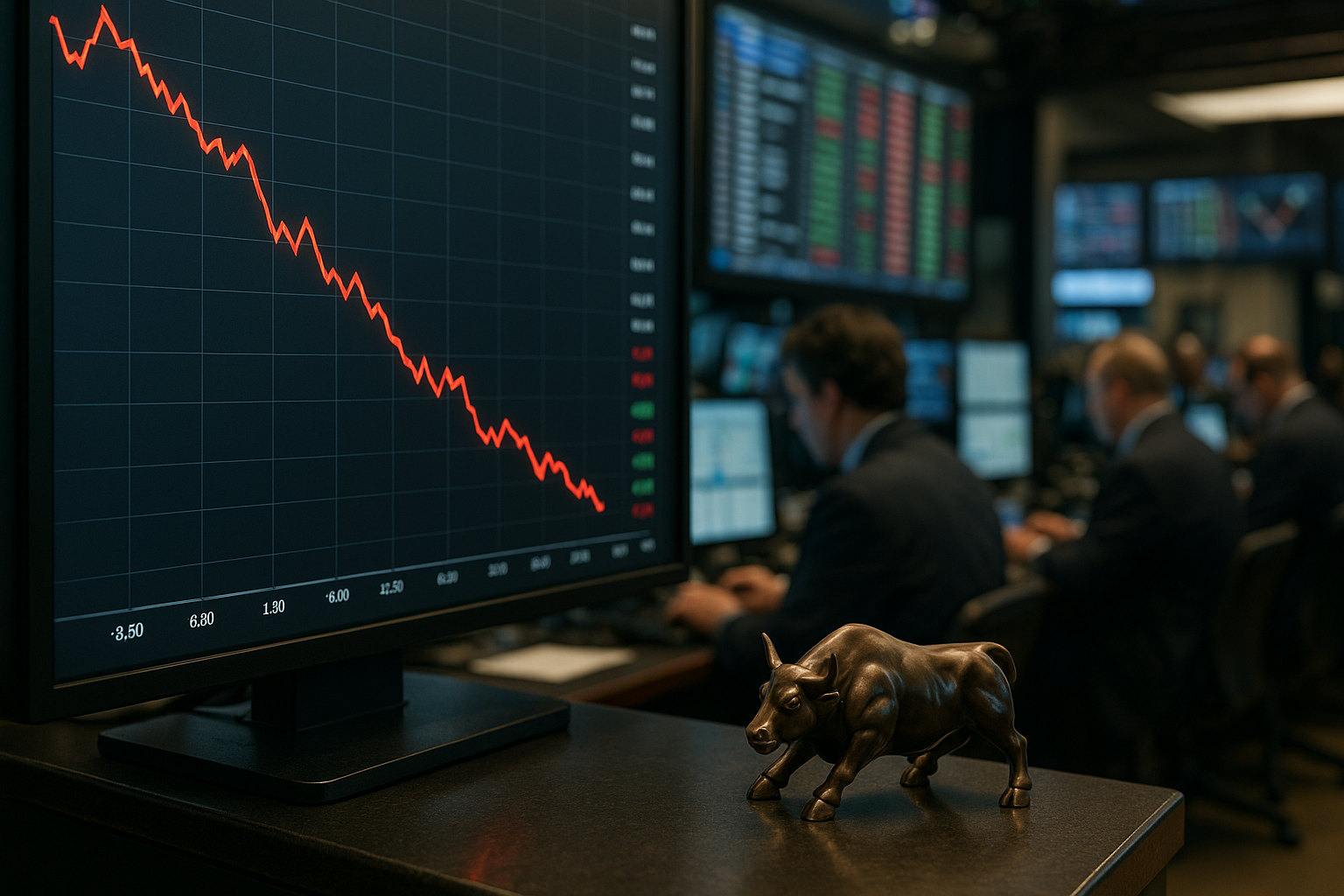Ethereum’s march toward mainstream legitimacy accelerated this week as heavyweight institutional investors poured a combined $1 billion into U.S.-listed Ethereum exchange-traded funds (ETFs), propelling the world’s second-largest cryptocurrency to roughly $4,507. The rally marks Ethereum’s highest level since November 2021, driven by robust capital inflows and an increasingly favorable macro backdrop for digital assets.
According to AInvest, the bulk of the buying came from Wall Street’s biggest names: BlackRock led with $640 million in purchases, followed by Fidelity with $270 million and Grayscale with $80 million. These figures underline a growing institutional appetite for Ethereum exposure, which until recently was dominated by retail traders and crypto-native funds.
Why This Matters for Investors
Institutional adoption has long been viewed as the “missing catalyst” that could bridge the gap between crypto as a speculative asset and crypto as a mainstream portfolio allocation. The latest ETF inflows suggest that barrier is eroding.
ETFs offer compliance-friendly, exchange-traded access to Ethereum—eliminating custody challenges, reducing regulatory risk for fund managers, and appealing to pension funds, family offices, and corporate treasuries. The surge in demand comes amid a broader risk-on sentiment in markets, amplified by recent expectations of multiple Federal Reserve rate cuts before year-end.
“The significance of this move cannot be overstated,” notes Tom Lee, head of research at Fundstrat Global Advisors. “When institutions commit capital at this scale, it creates a demand floor that’s structurally different from the cyclical flows we’ve seen in previous crypto bull runs.”
Ethereum’s Macro and On-Chain Tailwinds
Beyond ETF flows, Ethereum fundamentals are showing strength:
- Network Activity: Daily active addresses have climbed above 550,000, according to Glassnode, reflecting rising user engagement across DeFi, NFTs, and Layer-2 scaling solutions.
- Staking Growth: The Ethereum staking rate has surpassed 28% of total supply, locking tokens out of circulation and potentially reducing sell-side pressure.
- Fee Market Stability: EIP-1559’s burn mechanism continues to remove ETH from supply, with an estimated $2.8 billion burned year-to-date.
These tailwinds, coupled with institutional flows, are fueling speculation that Ethereum could retest its all-time high of $4,878 within the next two quarters.
Future Trends to Watch
- Regulatory Clarity: The SEC’s relatively smooth approval process for Ethereum ETFs contrasts with past resistance toward spot Bitcoin products. However, any shift in political or regulatory posture could affect inflows.
- Interoperability & Scaling: The adoption of Layer-2 networks like Arbitrum and Optimism could drive transaction efficiency, attracting enterprise use cases and potentially expanding Ethereum’s value proposition.
- Institutional Product Expansion: Market watchers expect Ethereum futures ETFs, staking-linked derivatives, and ESG-compliant ETH funds to follow, creating a broader investable universe.
Risks That Could Derail the Momentum
Despite the bullish narrative, crypto markets remain inherently volatile. Short-term corrections exceeding 20% are not uncommon—even in strong uptrends. Additionally:
- Macro Shocks: A sudden reversal in Fed policy or a spike in global risk aversion could dampen speculative appetite.
- Smart Contract Risks: Exploits and security breaches in DeFi protocols can erode investor confidence, especially among institutions seeking stability.
- Regulatory Uncertainty Abroad: While U.S. policy appears to be shifting toward accommodation, developments in the EU, Asia, or emerging markets could impact global demand.
Key Investment Insight
For investors seeking exposure, Ethereum ETFs represent a low-friction, regulated entry point—making them particularly attractive for traditional portfolios. A tiered allocation strategy may be prudent:
- Core exposure via ETFs for long-term positioning.
- Opportunistic trades using spot or options for tactical plays.
- Diversification into related equities—such as Coinbase (COIN) or publicly listed Ethereum mining/staking firms—for indirect leverage to ETH’s growth.
Given Ethereum’s dual role as both a programmable blockchain and a store of value, the convergence of institutional inflows, on-chain growth, and a supportive macro environment could mark the early stages of a sustained adoption cycle.
The $1 billion headline figure isn’t just a number—it’s a signal that Ethereum’s investor base is evolving rapidly. For those navigating this shift, the combination of regulatory legitimacy and deepening liquidity could make ETH an increasingly central pillar in diversified portfolios.
Stay with MoneyNews.Today for ongoing updates, in-depth analysis, and timely market intelligence to keep your investment strategies aligned with the latest institutional and market developments.





